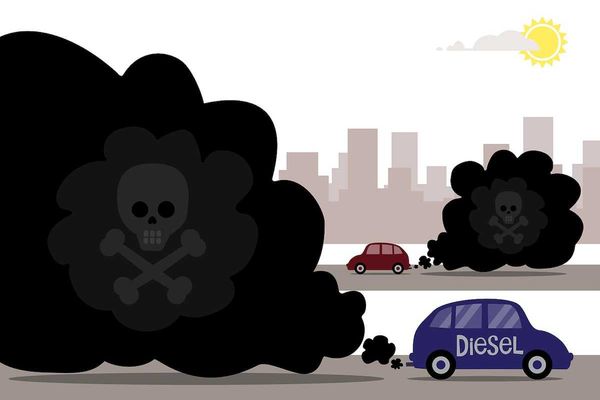children's health
Newsletter
Credit: Curated Lifestyle/Unsplash+
Extreme heat hampers children’s early learning
Children regularly exposed to temperatures over 30°C (86°F) have lower scores on literacy and numeracy tests at age 3 to 4, according to UNICEF data from six countries
Credit: Getty Images For Unsplash+
US 'Cancer Alley' residents stand up to petrochemical giants
Residents say a dense cluster of industry on the banks of the Mississippi River is causing serious health problems. Now, as plastic production surges globally, they’re fighting for cleaner communities.
Newsletter
Credit: Iqro Rinaldi/Unsplash
Indonesia, Sri Lanka and Thailand begin recovery from devastating floods
Indonesia’s president told survivors of last week’s devastating floods that help was arriving to those in need Monday as Asian governments scaled up their responses to a disaster that has left more than 1,000 dead in three countries.
Credit: spectrumblue/BigStock Photo ID: 287783122
Real-world testing shows which vehicle models emit more of the deadly pollutant NOx
New rules around NOx, the most deadly form of vehicle pollution, come into force today, as testing reveals which popular models are pumping out more than others.
Credit: Rampal Singhrpsingh13
Who’s ready to think about blocking out the sun?
The idea of artificially lowering the planet’s temperature is gaining supporters and hitting political opposition.
Credit: Faux Toe/BigStock Photo ID: 1366970
EPA to scrap lifesaving soot pollution limit
The move could offer an early test of the Trump administration’s aggressive deregulatory agenda.
Credit: Photo by Toomas Tartes on Unsplash
Vietnam’s year of floods, mud and death
Scientists suggested that climate change could make central Vietnam a global hot spot for destructive storms. This year has seemed to prove the point.
ORIGINAL REPORTING
MOST POPULAR
CLIMATE
















